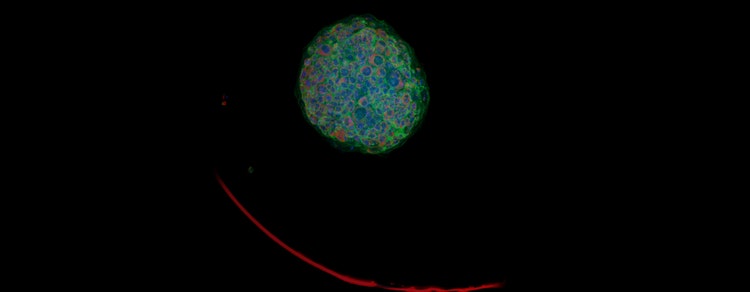
ON-DEMAND WEBINAR
Transitioning high-content assays to 3D: Scientific opportunities and imaging challenges
Transitioning high-content assays to 3D: Scientific opportunities & imaging challenges
Presented by:
Chris Nishioka, PhD | Field Applications Scientist, Molecular Devices
Tim Baranowski, PhD | Field Applications Scientist, Molecular Devices
Bas Trietsch, PhD | Chief Technology Officer, MIMETAS
Shannon Mumenthaler, PhD | Professor of Medicine, USC
There has been a recent shift toward using 3D cell models in drug discovery and disease modeling, as numerous studies show they better mimic the i n vivo environment and provide more physiologically-relevant data than 2D models.
In this roundtable discussion, our panel of experts discuss the benefits and inherent challenges of making the transition from traditional 2D high-content assays to more complex 3D biology.
Key highlights:
- Benefits of using 3D cellular models for high-content imaging
- Main barriers to entry into using 3D cell models for high-content imaging and analysis
- Features that will be essential to accelerating high-content imaging of 3D biology